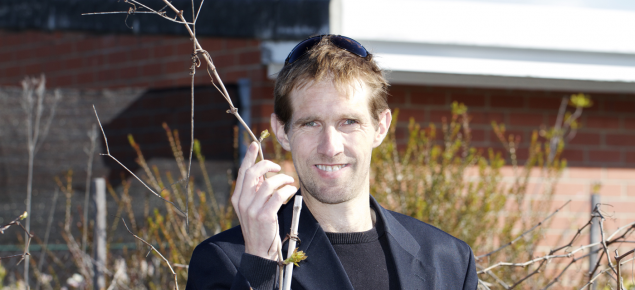A national project, led by Michael Considine, a joint-researcher at the Department of Agriculture and Food and University of Western Australia (UWA), is using the technology currently applied in leading medical science to look specifically at what distinguishes one Cabernet Sauvignon clone from another.
The project was developed in WA, with a vision to enhance the regional excellence of varieties such as Cabernet, which will be the ‘pilot’ of what is hoped will develop into a long-term national program.
The department had been involved in vine selection research since the late 1960s.
Many of the department’s selections were enormously important for the growth of the WA fine wine industry at that time, and grapes produced from vines of those original clones still make our most distinctive award winning wines today.
This has been an important feature of WA’s rich history in Cabernet Sauvignon. “In winemaking and marketing, distinction is a large part of the value of a wine brand or variety. Regional distinction is something that the Australian wine industry has been promoting for a number of years.
Cabernet Sauvignon has become of particular importance in the cooler climate regions of south west WA, southern SA and greater western Victoria.
It is the ‘regional hero’ of many of our fine wine growing regions and brands, and nationally, it accounts for around 20 per cent of all bottled wine exports.
Dr Considine said often grapevines spontaneously mutated resulting in new clones with unique traits, which led to changes in the fruit and ultimately the wine produced.
The national project is using molecular profiling of 12 specific Cabernet Sauvignon clones chosen based on industry popularity, known vine identity, vine characteristics and distinct wine qualities.
Each of these clones is currently in production in the Margaret River and Great Southern regions (WA) and Yalumba Nursery Coonawarra (SA), representing different site, soil and climate features.
Data will be collected on vine, fruit and wine development and analysed to see what impact each of the clones has had.
This information will then be provided to the wine industry to enable them to consider making changes to vine selection and propagation, which could ultimately lead to a new award winning WA red wine.
The project will run for three years from 2014-2016. There is strong industry support for the research which is co-funded by the department, Yalumba, the Australian Wine Research Institute and WA Vine Improvement Association as part of an Australian Research Council Linkage Project.

